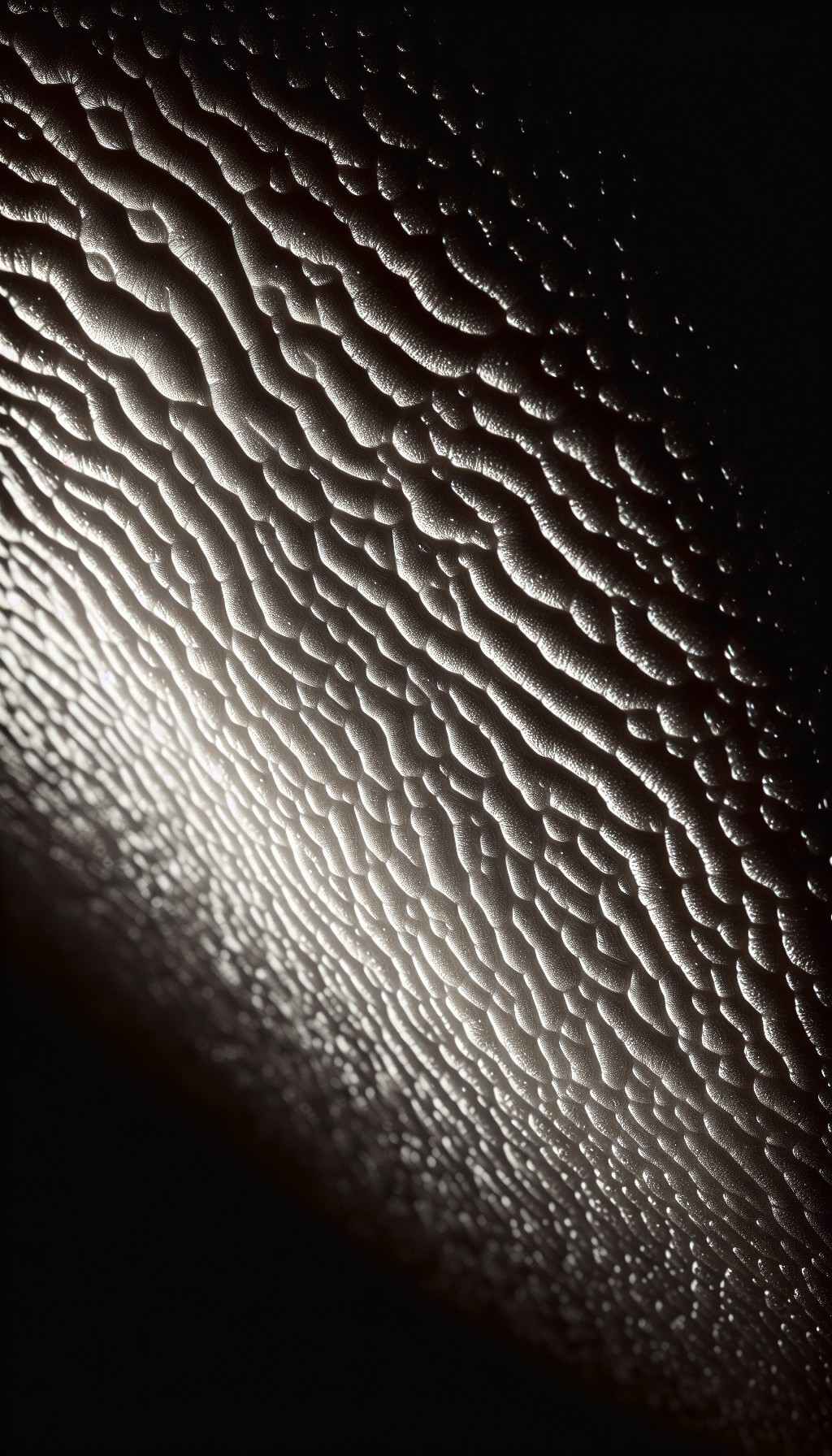In the quest for maintaining skin health, we often overlook the impact that extreme weather conditions can have on our skin’s integrity and overall appearance. Whether it’s the scorching heat of summer or the biting cold of winter, each season brings with it specific challenges that necessitate tailored skin care strategies. This comprehensive guide aims to equip you with the knowledge and tools to protect your skin against the harsh elements it may encounter throughout the year.
Understanding the Skin’s Vulnerability
The skin is the body’s largest organ, and its primary role is to protect internal systems from external threats. However, this protective barrier itself is susceptible to damage from environmental factors. For instance, excessive exposure to ultraviolet (UV) rays can lead to premature aging and increase the risk of skin cancer, while cold winds can strip the skin of its natural oils, leading to dryness and irritation.
Combatting Summer Heat and UV Exposure
The high temperatures and UV radiation in summer can cause a host of skin issues, including sunburn, photoaging, and dehydration. It’s essential to use a broad-spectrum sunscreen that offers protection against both UVA and UVB rays. For those with sensitive skin, finding the right sunscreen can be particularly challenging, but it is a crucial step in any summer skin care regimen.
In addition to sunscreen, wearing protective clothing and seeking shade during peak sun hours (10 a.m. to 4 p.m.) can significantly reduce the risk of UV damage. The importance of hydration cannot be overstated during this time, as it helps maintain the skin’s elasticity and can prevent heat-related skin problems. For more detailed insights into the impact of heat on the skin, consider exploring the relationship between hydration and skin oil production, as well as the role of dietary antioxidants in preserving skin appearance.
Shielding Skin in Winter’s Chill
Cold weather presents a different set of challenges. The combination of low humidity and indoor heating can lead to dehydrated, flaky skin. To combat this, incorporating a heavier, more emollient moisturizer into your daily routine can provide the additional hydration needed. For those with particularly dry or sensitive skin, understanding the importance of moisturizing in daily skin care is imperative.
Windburn is another concern during colder months. Protecting exposed skin with scarves and hats can prevent the chapping and redness associated with this condition. For further reading on skin care during the winter, the comprehensive strategies outlined in the article on habits that harm skin health can be immensely helpful.
Transitional Weather and Skin Care
As seasons change, so should your skin care routine. Transitional weather can be unpredictable, with fluctuations in humidity and temperature affecting the skin’s balance. It’s advisable to gradually shift your skin care products and routines rather than make abrupt changes, allowing your skin to adapt without causing irritation or breakouts.
Advanced Skin Protection Measures
While adjusting your skin care routine is vital, other measures can further shield your skin from extreme weather. For instance, staying informed about the UV index can help you prepare for sun exposure, while using a humidifier in winter can alleviate the effects of dry indoor air.
Hydration is a critical component of skin health, irrespective of the weather. Ensuring you are drinking enough water and using hydrating skin care products supports your skin’s natural barrier function. Moreover, consider the impact of diet on skin health, with foods rich in omega-3 fatty acids and antioxidants offering protective benefits against environmental stressors.
Additional Resources and Further Reading
For those interested in a holistic approach to skin health, exploring the connection between different aspects of health and their impact on the skin is beneficial. For example, learning about skin health in relation to overall health can provide insights into preventing issues like eczema or psoriasis, which may worsen with extreme weather.
In-depth resources such as the American Academy of Dermatology’s guidelines on skin care in extreme weather can offer authoritative advice. Additionally, the Environmental Working Group provides a guide to sunscreens, which is particularly useful when selecting the right product for your skin type and lifestyle.
Conclusion
Extreme weather conditions can take a toll on your skin, but with the right knowledge and tools, you can fortify your skin’s defenses and maintain its health and appearance. Remember to adapt your skin care routine to the changing seasons, stay hydrated, and protect your skin from environmental stressors. By taking these proactive steps, you can ensure that your skin remains resilient and radiant, no matter what the weather brings.



